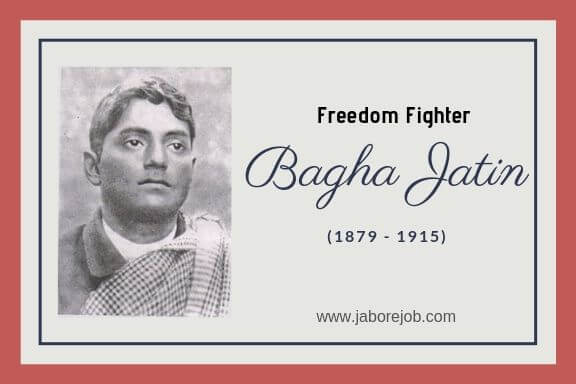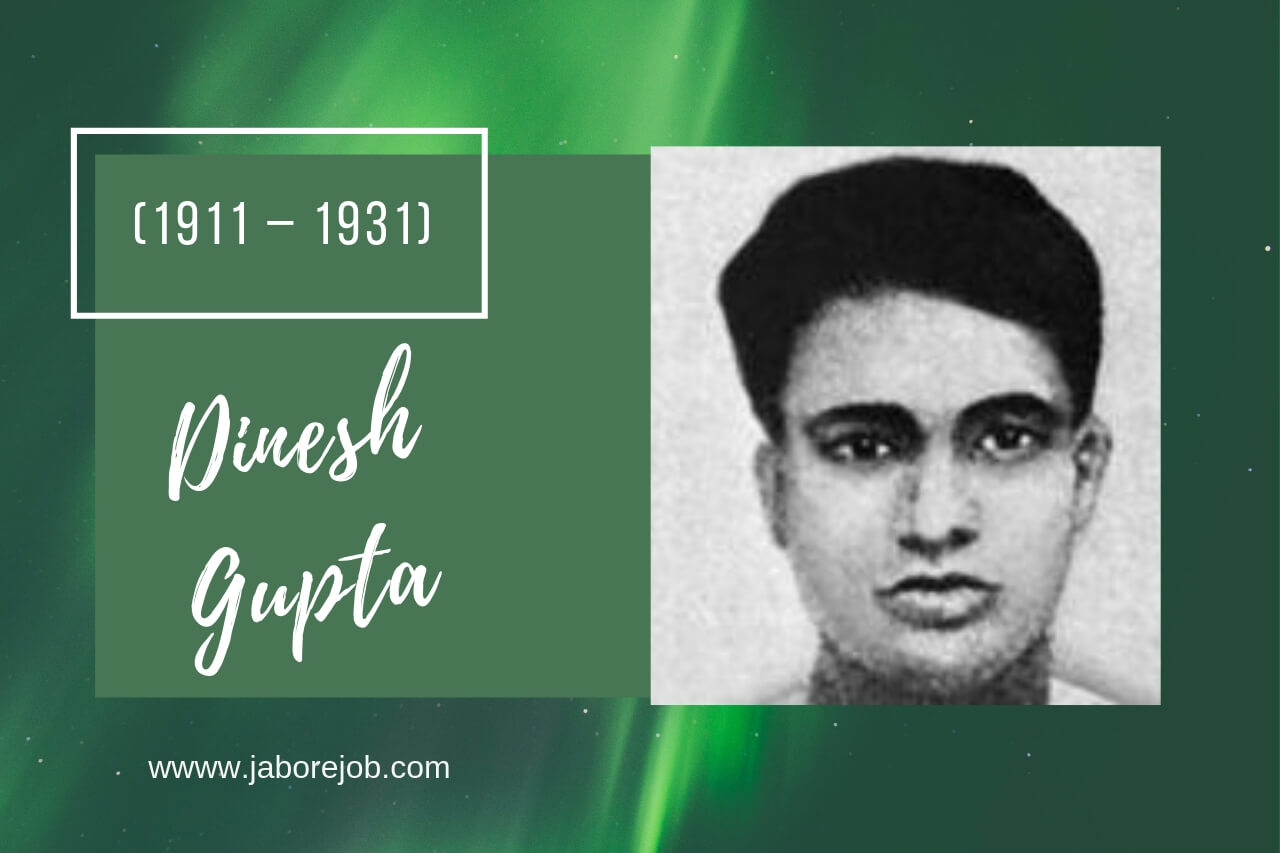One of the foremost names that you get to hear from Indian social reformers and freedom fighters is Kamaladevi Chattopadhyay. She is remembered for her contribution to the Indian Independence Movement and a driving force behind handicraft, handlooms, and theatre sectors in Independent India and also for uplifting Indian women post-independence.
Because of her vision in arts and socio-economic sectors, several institutions such as the National School of Drama, Sangeet Natak Akademi, Central Cottage Industries Emporium, and the Crafts Council of India exist today in India.
Kamaladevi Chattopadhyay Information
- Born: 3 April 1903, Mangalore
- Books: Inner Recesses, Outer Spaces: Memoirs, MORE
- Died: 29 October 1988, Mumbai
- Spouse: Harindranath Chattopadhyay (m. 1923–1955), Krishna Rao (m. 1917–1919)
- Movies: Shankar Parvati, Tansen
- Awards: Padma Vibhushan, Padma Bhushan
Early Days
Kamaladevi Chattopadhyay was born on April 3, 1903, in Mangalore and was the fourth and youngest daughter of her parents. Her father, Ananthayya Dhareshwar was a District Collector of Mangalore and her mother Girijabai was a homemaker but a well-educated homeschooled and their presence gave Kamaladevi with providing benchmarks and respect to her intellect as well a voice for which she became known in the future.
She was an exceptional student who exhibited many qualities and had courage and determination from a very early age. Her parents were friends to various other freedom fighters like Mahadev Govind Ranade, Gopal Krishna Gokhale, and women leaders like Ramabai Ranade, and Annie Besant. With their presence, she became inspired and enthusiastic to join the Swadeshi nationalist movement.
Tragedy struck early for Kamaladevi where her elder sister died early in her teens and her father when she was 7 years old leaving behind her mother and a stepbrother who inherited most of the property of Ananthayya Dhareshwar as he died without leaving any will.
Marriage
Kamaladevi first got married at a very young age of 14 in the year 1917, however, another tragedy struck where her husband died 2 years later leaving her widowed aged 16
She later went to study at Queen Mary’s College in Chennai where she came to know Suhasini Chattopadhyay who was her fellow student and younger sister of Sarojini Naidu. Suhasini was introduced to her talented brother Harindranath Chattopadhyay whom she married aged 20.
They had a son named Rama and later Harindranath and Kamaladevi decided to pursue their dreams even though they were facing pressure from society.
Shortly, after their marriage, Harindranath left for London and a few months later Kamaladevi joined where she joined Bedford College, Uni of London where she earned a diploma in sociology.
Freedom Struggle
While she was studying in London, she came to know about the Mahatma Gandhi Non-corporation movement where she returned to India to join Seva Dal and as a Gandhian set up to promote social upliftment and she was placed in charge of the women’s section of the Dal. She was involved in recruiting, training, organizing girls for women of all ages to become volunteers of sevikas.
In the year 1926, suffragette Margaret E Cousins who was the founder of All India Women’s Conference where she was inspired by Margaret to run the Madras Provincial Legislative Assembly and was the first woman to run for a legislative seat in India.
The next year, Kamaladevi became an organizing secretary to the All India Women’s Conference and in the coming years, the conference became national with many branches and they conducted many programs which ran throughout the state and work steadfastly for legislative reforms.
During this time, Kamaladevi traveled to European nations where she was inspired by community programs conducted there. She set up many educational institutions which are run and lead by women and one of the examples being Lady Irwin College in New Delhi which was one of its kind at that time.
During the Salt Satyagraha, Kamaladevi was a part of a 7-member team, she along with Avantikabai Gokhale were the only 2 women from the team.
On January 26, 1930, she became known due to widespread media attention where she clung to the Indian Tricolour to protect it.
The 1940s was a difficult time as World War II broke out and Kamaladevi traveled across the world where she represented India’s situation to the world and asked for support to Independence after the war.
Post-independence, after the partition, Kamaladevi helped to rehabilitate the refugees and with the help of the Union, she made plans for the township and cooperative lines. With the then PM refusing to help, Kamaladevi set up a township near Faridabad to rehabilitate over 50,000 refugees. During this time, she helped the revival of Indian handicrafts and handlooms.
After independence, when western methods of factory-based mass production were planned as per the PM’s vision, Kamaladevi set up many craft museums to help the growth of Indian indigenous arts and crafts. She helped many women and traditional artisans against the western production of art. Thus, Theater Crafts Museum in Delhi was set up.
She promoted arts and crafts and instituted, National Awards for Master Craftsmen which helped to set up Central Cottage Industries Emporia throughout the nation.
In 1964, she set up the Natya Institute of Kathak and Choreography under Bharatiya Natya Sangh and got it affiliated with UNESCO.
She also set up the All India Handicrafts Board and was its first chairperson.
She set up the National School of Drama and later was a head person of Sangeet Natak Akademi.
Death
Kamaladevi died on 29th October 1988, aged 88 in Bombay and she has been awarded Padma Bhushan, Padma Vibhushan, Ramon Magsaysay Award, Sangeet Natak Akademi Fellowship, Desikottama by Shantiniketan, and an award from UNESCO.
[ Also Checkout: Karnataka Freedom Fighters List ]












